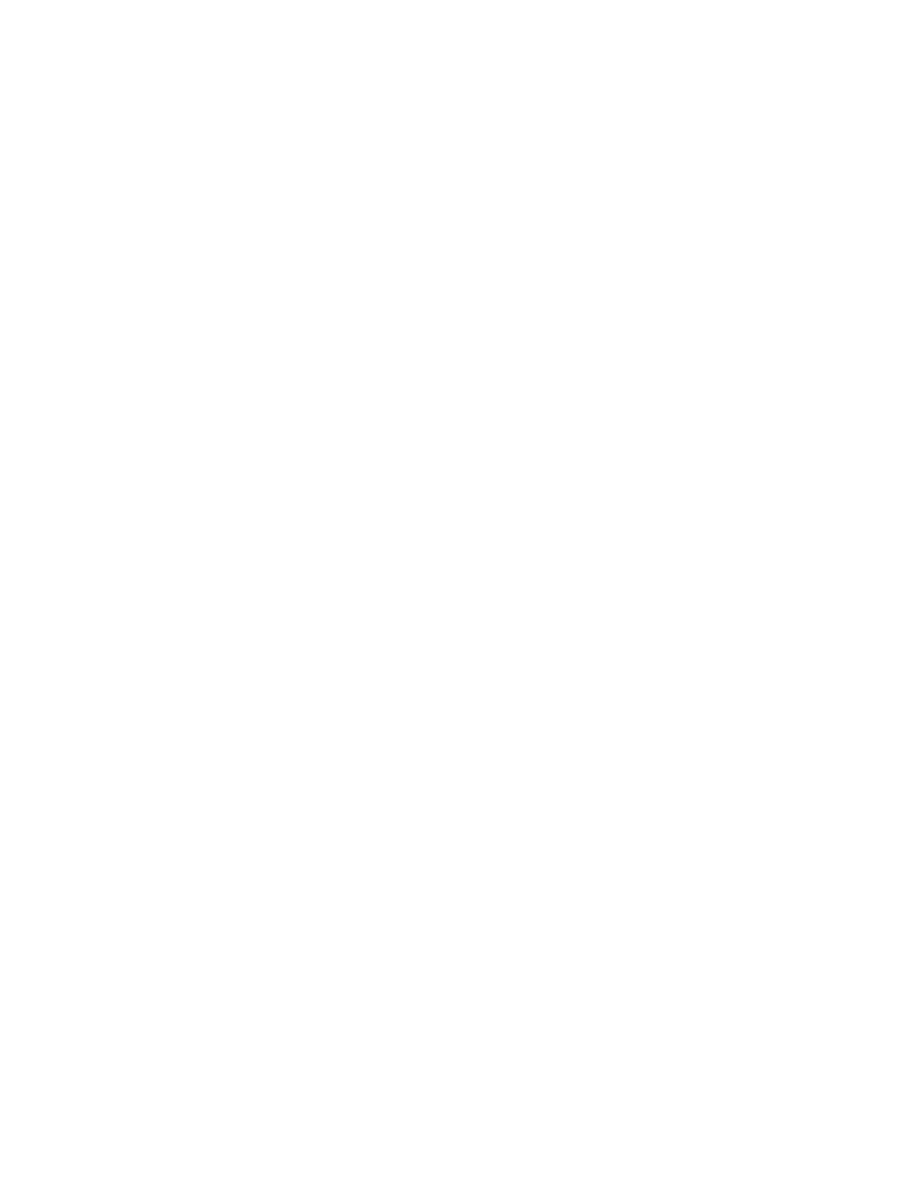Caliber L4-2.0L VIN B (2007)

Fuel Supply Line: Service and Repair
STANDARD PROCEDURE - HOSES AND CLAMP
Inspect all hose connections (clamps and quick connect fittings) for completeness and leaks. Replace cracked, scuffed, or swelled hoses. Replace hoses
that rub against other vehicle components or show sign of wear.
Fuel injected vehicles use specially constructed hoses. When replacing hoses, only use hoses marked EFM/EFI.
When installing hoses, ensure that they are routed away from contact with other vehicle components that could rub against them and cause failure. Avoid
contact with clamps or other components that cause abrasions or scuffing. Ensure that rubber hoses are properly routed and avoid heat sources.
The hose clamps have rolled edges to prevent the clamp from cutting into the hose. Only use clamps that are original equipment or equivalent. Other
types of clamps may cut into the hoses and cause high pressure fuel leaks. Tighten hose clamps to 1 Nm (9 in. lbs.).
Inspect all hose connections such as clamps, couplings and fittings to make sure they are secure and leaks are not present. The component should be
replaced immediately if there is any evidence of degradation that could result in failure.
Never attempt to repair a plastic fuel line/tube. Replace as necessary.
Avoid contact of any fuel tubes/hoses with other vehicle components that could cause abrasions or scuffing. Be sure that the plastic fuel lines/tubes are
properly routed to prevent pinching and to avoid heat sources.
